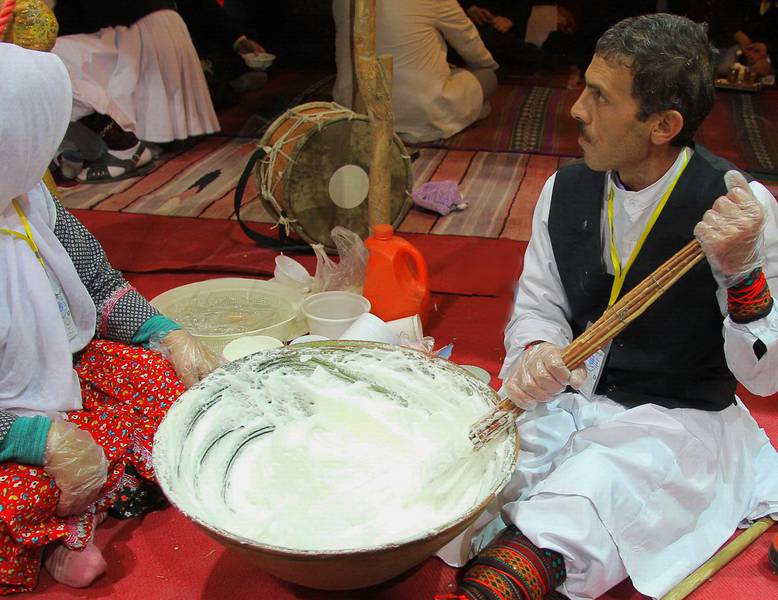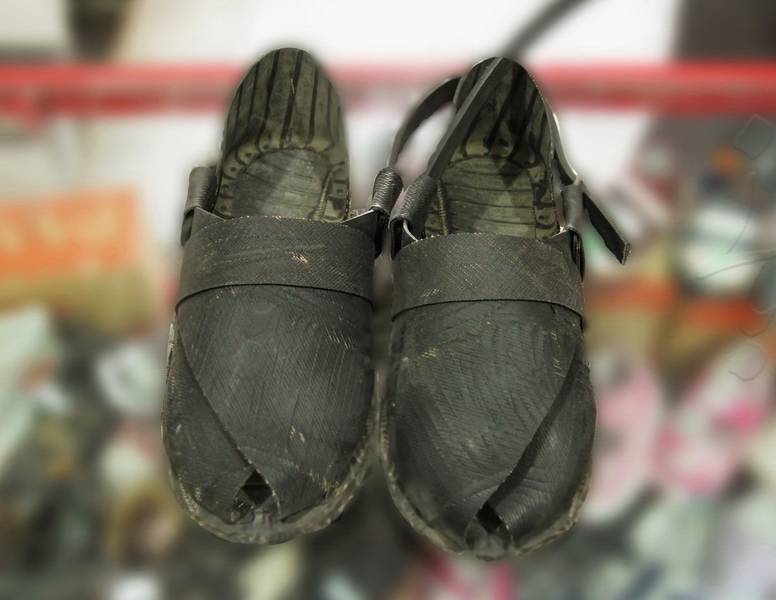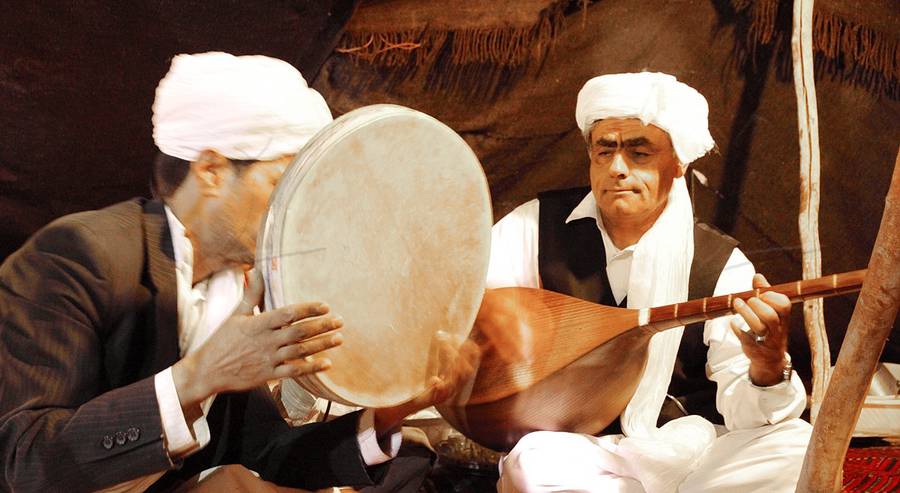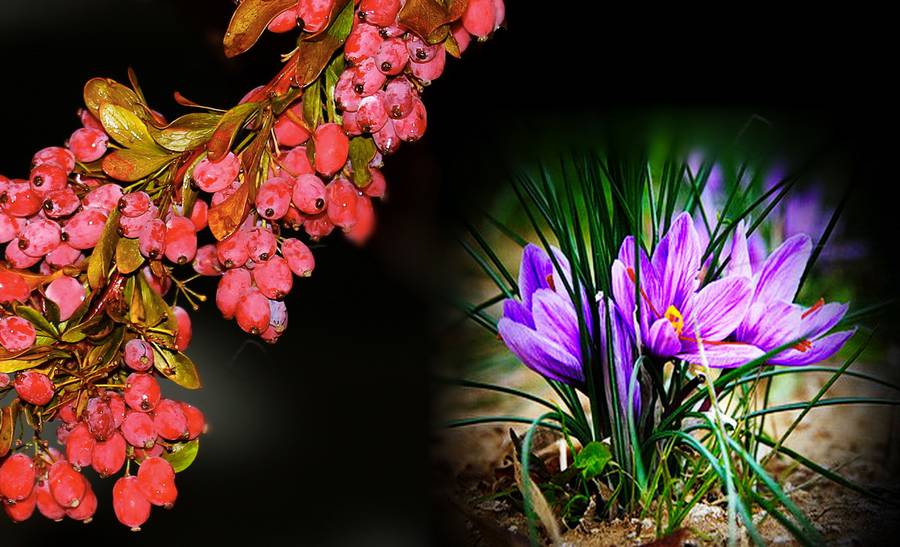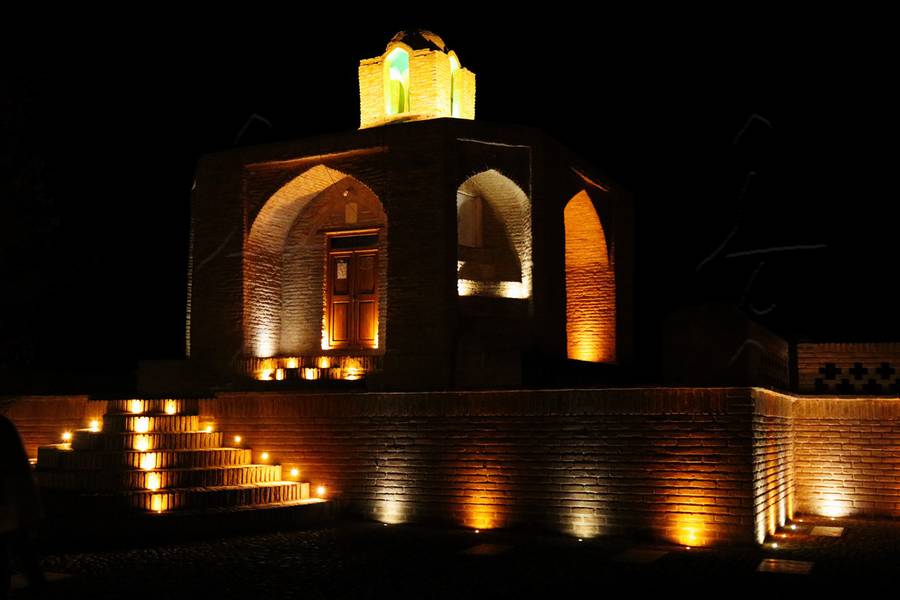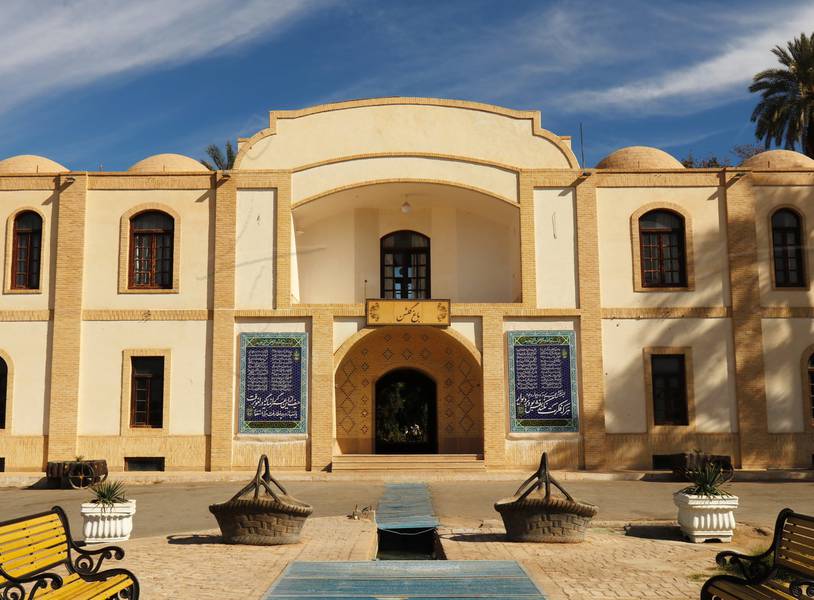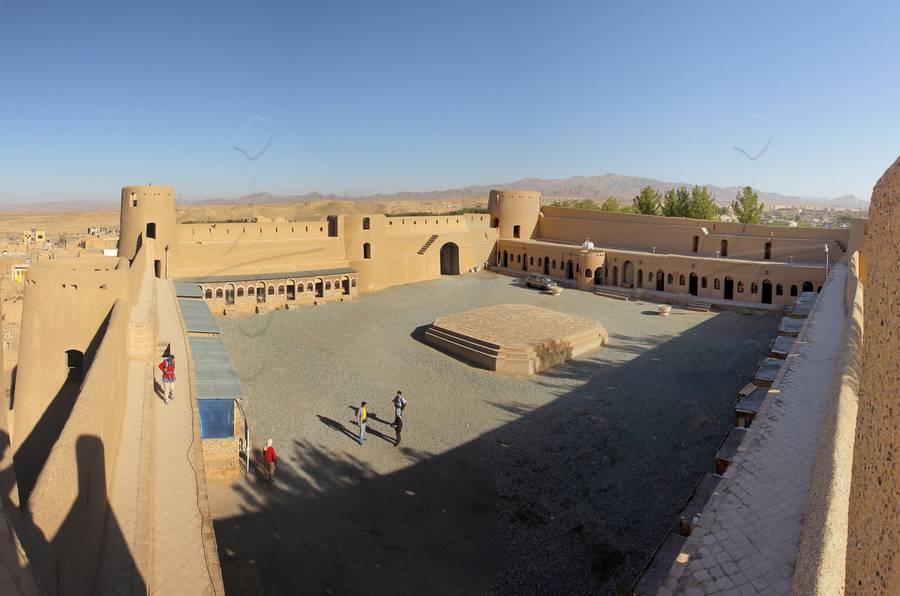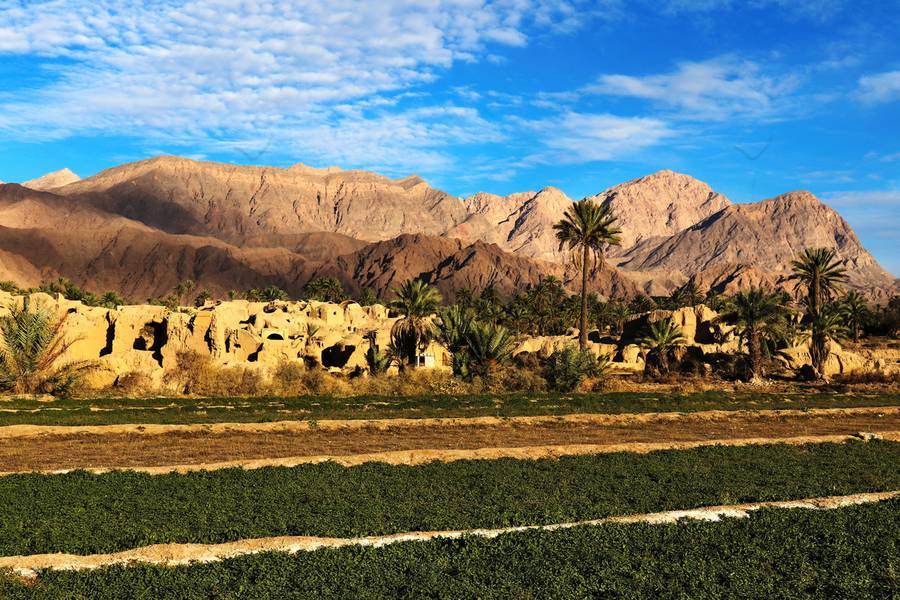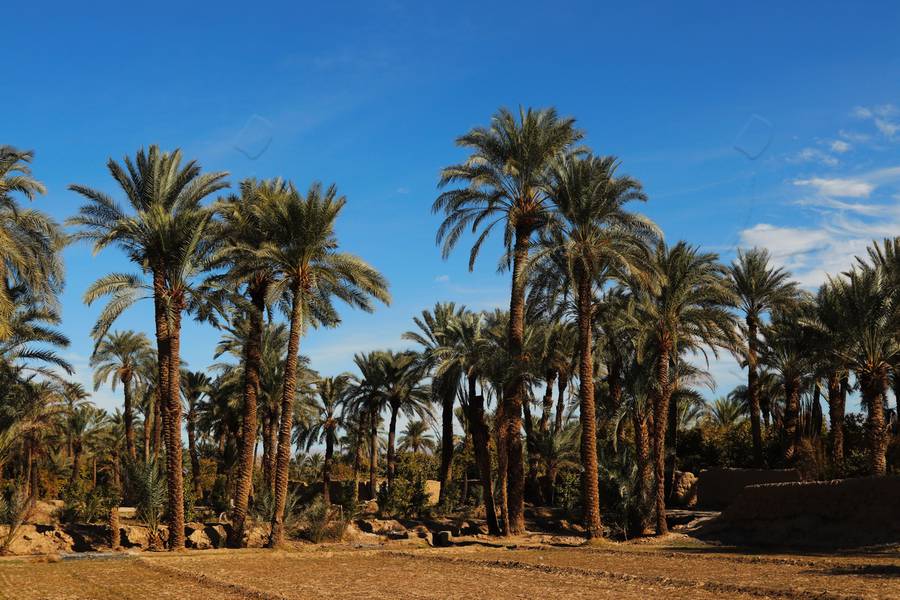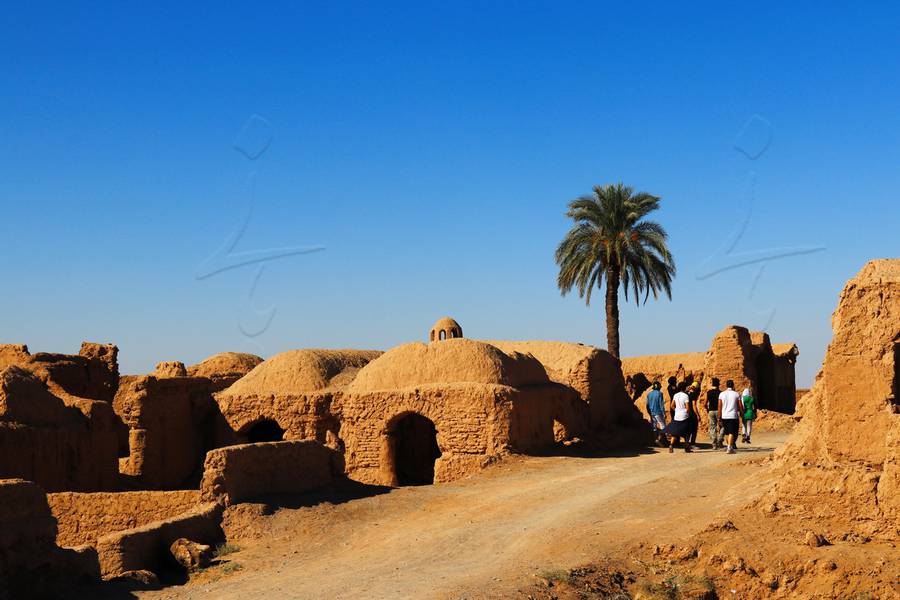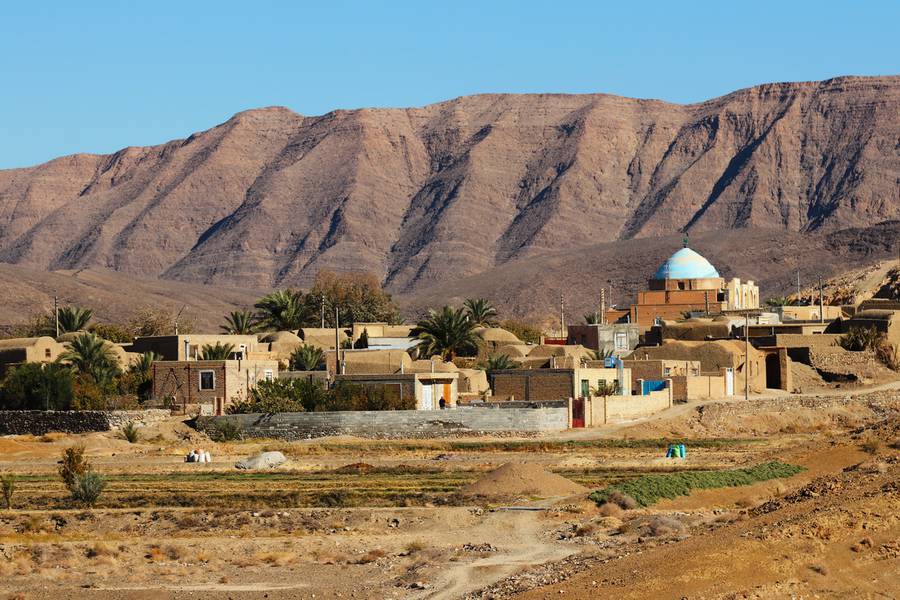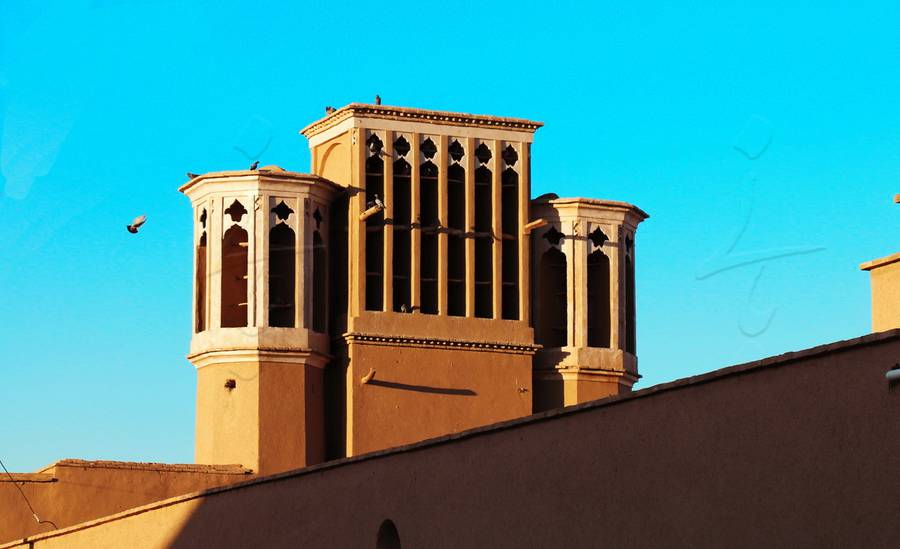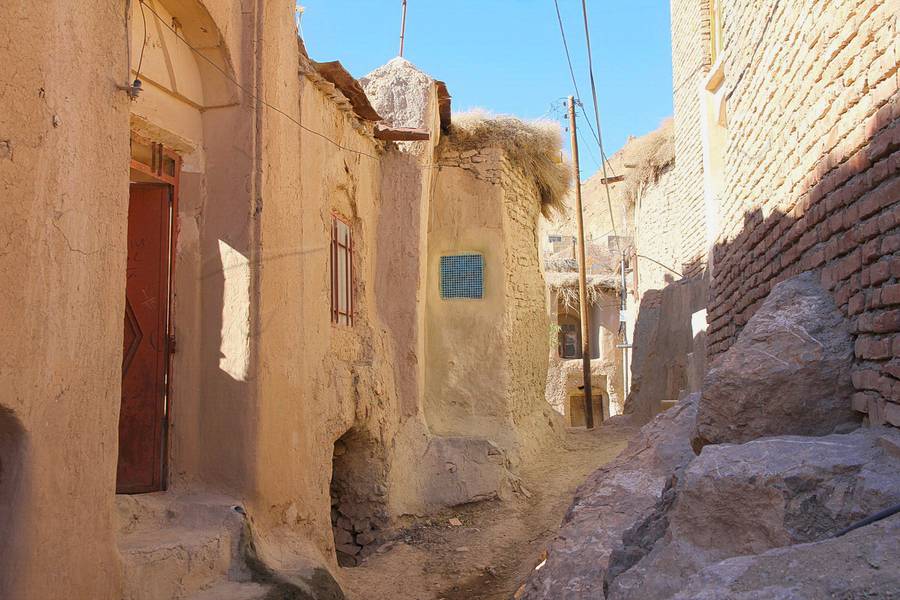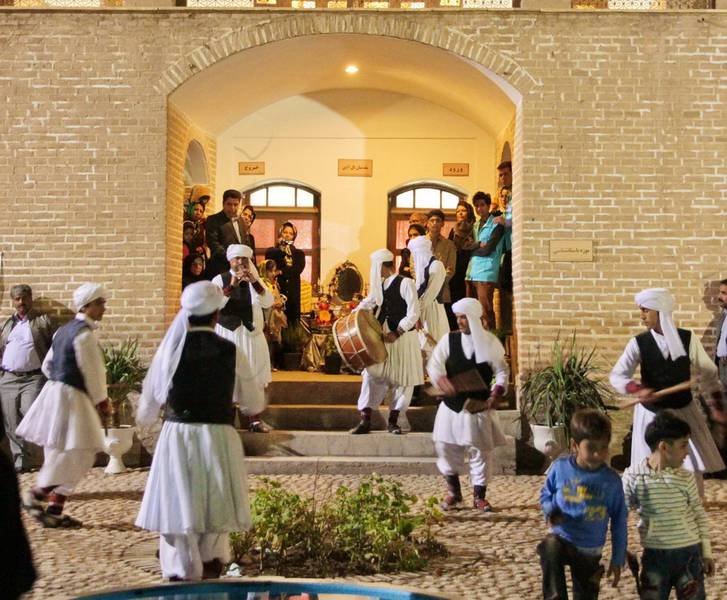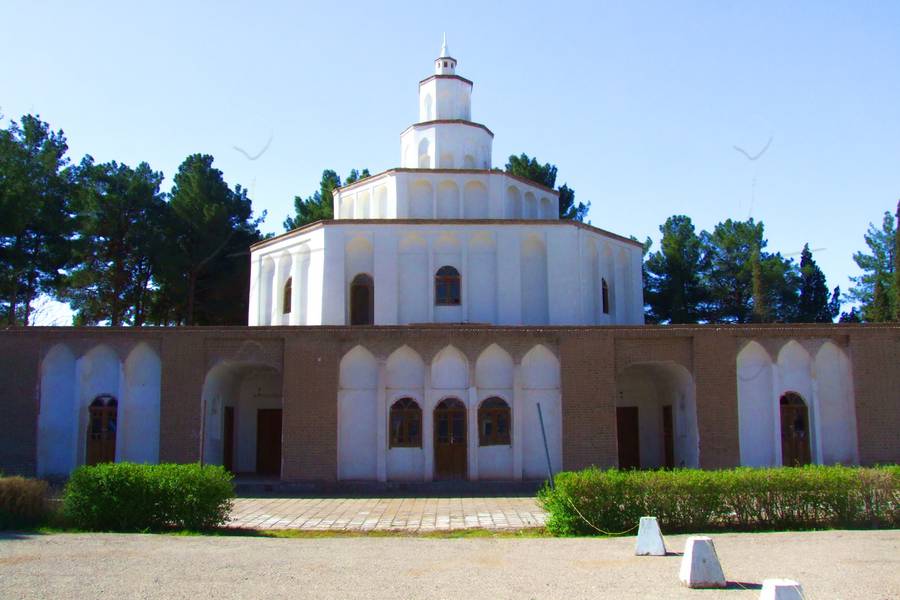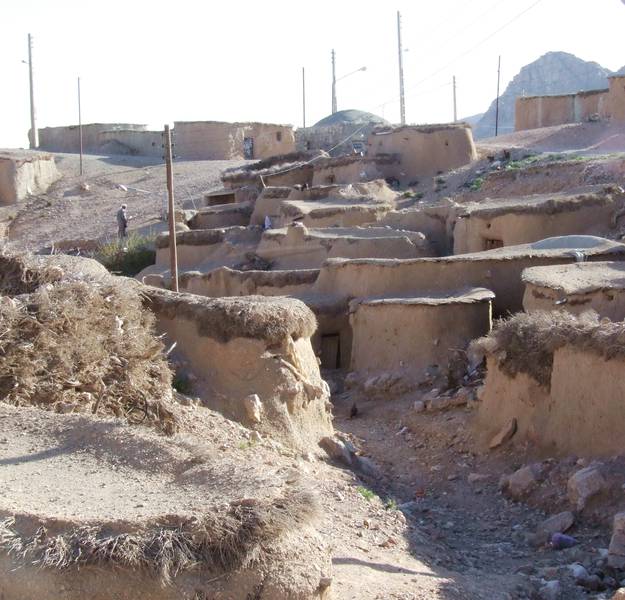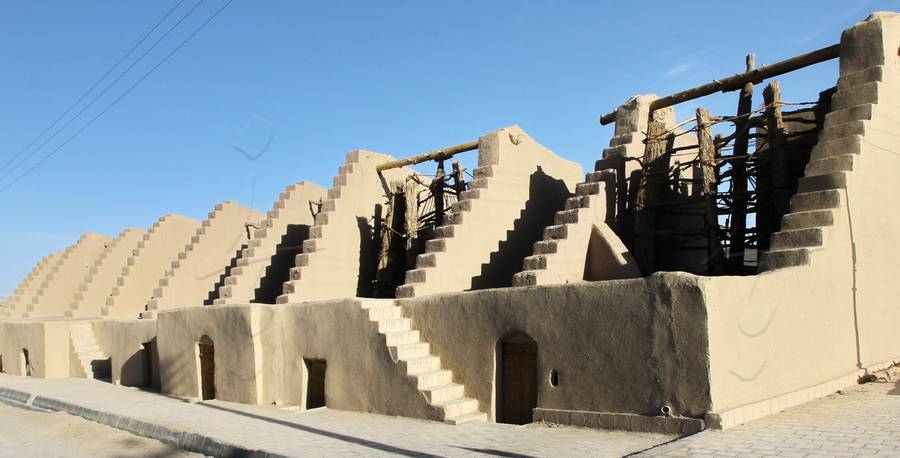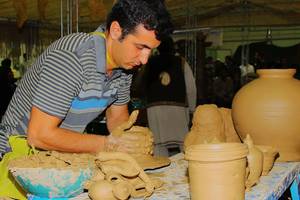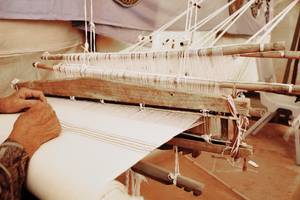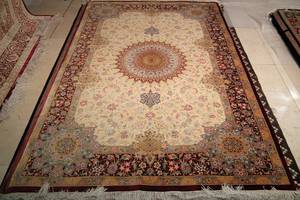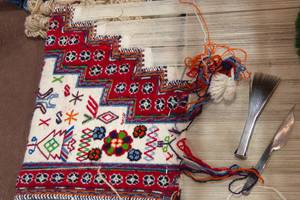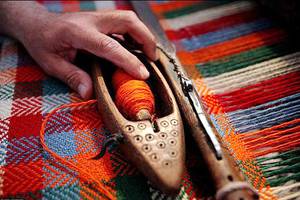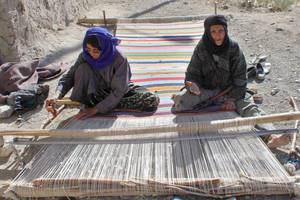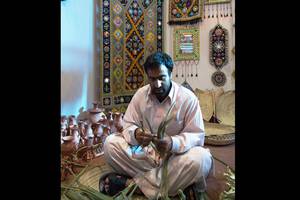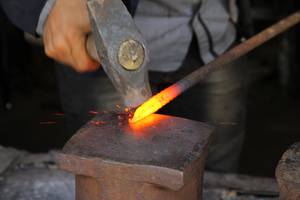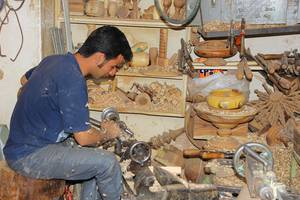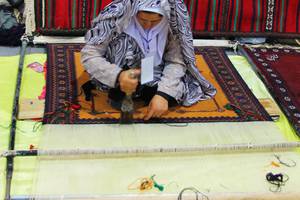
- Provinces
- Alborz
- Ardabil
- Boushehr
- Chaharmahal & Bakhtiari
- East Azerbaijan
- Fars
- Gilan
- Golestan
- Hamadan
- Hormozgan
- Ilam
- Isfahan
- Kerman
- Kermanshah
- Khuzestan
- Kohgiluyeh and Boyerahmad
- Kordestan
- Lorestan
- Markazi
- Mazandaran
- North Khorasan
- Qazvin
- Qom
- Razavi Khorasan
- Semnan
- Siatan and Balouchestan
- South Khorasan
- Tehran
- West Azerbaijan
- Yazd
- Zanjan


South Khorasan Province Description
South Khorasan Province - once a part of Great Khorasan - is located in the east of Iran and in the neighborhood of Lut Desert .
To the east, it has a long border with Afghanistan. It is the third largest province of Iran and also include Tabas city with an area of 57.000 square kilometers as the largest county in the Middle Eastern. The province was a part of Quhistan ancient region where consist of some parts of Khorasan (in Iran) and Afghanistan (neighbour country).
This area has an overall arid climate but there is also a semi-arid climate in mountainous regions. Sistan's 120-day wind is one of the geographical features of the area causing dust storm, and flour wheat at the same time. The wind helps traditional Windmills to provide power.
South Khorasan province has various things to experience, its natural attractions like Lut desert World Heritage in Deh Salm , its village architecture specially near Tabas like Korit or Esfahak and ... , handicrafts and crops. Some of these products have a global reputation like Saffron.
Cities
Attractions
Ecolodges
Restaurants
Leaders

South Khorasan Province Handicraft

South Khorasan Province Culture
Cultural characteristics of the province can be found in elements such as language, dress, music, festivals, special events and crafts that are still present in people's lives. The people of this area are still committed very well to their sacraments and adhering it. Sacraments like Nowruz and its customs is evident in all cities and villages. One of the main ceremonies is called Berat, in which people go to see their deceased in the last Thursday of the year. Spreading pastries and bread are delicious part of this event.
This region, due to its hard geographical location, had little attention from foreign nations and therefore was immune from invasion and its language and race is less mixed. Most people of this province are Fars and their main language is ancient and rural Persian which is spoken in different parts of the province, with different dialects. This dialect has still some Persian words and you don’t find many Arabic words in it. In southern parts of the province people talk Balochi as well.
Wood Dance and Dowtar are other characteristics of this province. Maqam music of south Khorasan and Dowtar is known worldwide and has prestigious masters; a melodious and plaintive chant, pouring from wounded and rough fingers of Khorasan people, like a deer strutting in desert fields. And a dance so glorious, telling tales of people’s bravery with twigs thump. Men are dancing with white turban, flying to the sky with such beautiful spectacle and returning to the land all over again.
Even here is not safe from infestation of faceless urban clothing. Traditional clothes can only be found in between elderly men and women. Traditional shoes (known as Cheppet) were still popular few years back, but they are losing their role in people’s life.
Another important thing paly an important role in the culture of this region is handicraft. And the most important one is Carpet Weaving . Carpets and rugs with beautiful and unique designs. Other artifacts include Palus Weaving , Page not found, Towel Weaving , Table Cloth for Flour (Sofreh Ardi) and ... .
Agriculture also plays an important role in this area. Important products such as barberry and saffron and some other such as jujube and prune.

